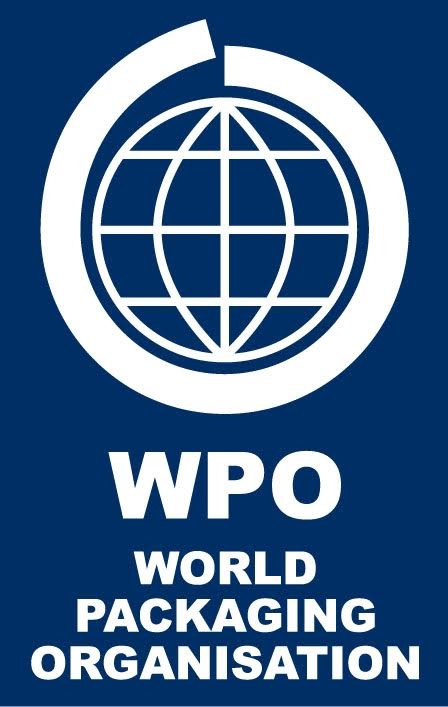The document is a global recommendation for circular packaging design. It will be updated and adapted to changes in the collection, sorting and recycling technology, as well as to future material development

Design for recycling is part of circular product design and represents an important basis for holistic sustainability assessment. Accordingly, circularity means that the packaging is designed in such a way that the highest possible recycling of the materials in use can be achieved. The goals here are resource conservation, the longest possible service life, material-identical recycling (closed-loop recycling) or the use of renewable materials. Circular packaging should therefore be designed and manufactured in such a way that it can be reused (reusable solution) and/or that the raw materials used can be reused to a large extent as secondary raw materials after the use phase (recycling) and/or consist of renewable raw materials.
A global ‘Packaging Design for Recycling Guide’ has been developed by ECR Community (Efficient Consumer Response – www.ecr-community.org), WPO (World Packaging Organisation – www.worldpackaging.org) and FH Campus University of Applied Sciences (www.fhcampuswien.ac.at), Austria.
To be able to apply recyclable packaging design, a certain fundamental knowledge of sorting and recycling processes is necessary. Packaging must, therefore, be suitable for state-of-the-art sorting and recycling processes in addition to its basic functions (e.g., storage, transport, product protection, product presentation and convenience).
The ‘Packaging Design for Recycling Guide’ is a starting point to understand Best Practice examples using state-of-the-art technology that can then be applied and tailored to suit the recovery and recyclability capabilities and infrastructure on a regional and local level. The guide can be applied to products from the Food, Near-Food and Non-Food segments and applies to all primary, secondary and tertiary packaging; provided that product-specific regulations of the packaging system are observed.
According to Declan Carolan, Co-Chair, ECR Community, ‘We are delighted to support the publication of these global recommendations for a circular packaging design for recycling. This guide aims to promote knowledge development within the retail and Consumer Product Group (CPG) sector as companies transition to new packaging designs that help to minimise their environmental impact while ensuring packaging remains fit for purpose and continues to look good. We recognise both the challenges and opportunities that the transition to a circular economy will bring and understand that circular packaging and supporting recycling systems are a crucial step in this process.”.
Nerida Kelton, WPO Vice President Sustainability & Save Food, adds: ‘Some months ago when the WPO had the idea to develop an international Circular Packaging Design Guide the project seemed an impossible pipe dream. As we proudly release the first component of this guide to the world, the WPO has shown that a dream can become a reality.’’
“The WPO sees this new resource as the first step to developing a consistent global notion of Circular Design Thinking for materials and packaging. The next step is to encourage all of our 53 member countries to not only use the tool but also work with the WPO to develop more localised versions that suit their countries and regions. This is the only way to provide a better quality of life, through better packaging, for more people globally”, adds Nerida Kelton
Ernst Krottendorfer, Co-Managing Partner, Circular Analytics, who was one of the key developers of this international guide, stressed that “This guideline is just the first step towards a common global understanding and harmonisation of circular packaging design. We are proud that we, as Packforce Austria, are contributing to the creation and further development of this guideline.” Dr Krottendorfer said.
The guideline will be continuously updated and adapted to changes in collection, sorting and recycling technology, as well as to future material developments.

Subscribe To Our Newsletter & Stay Updated